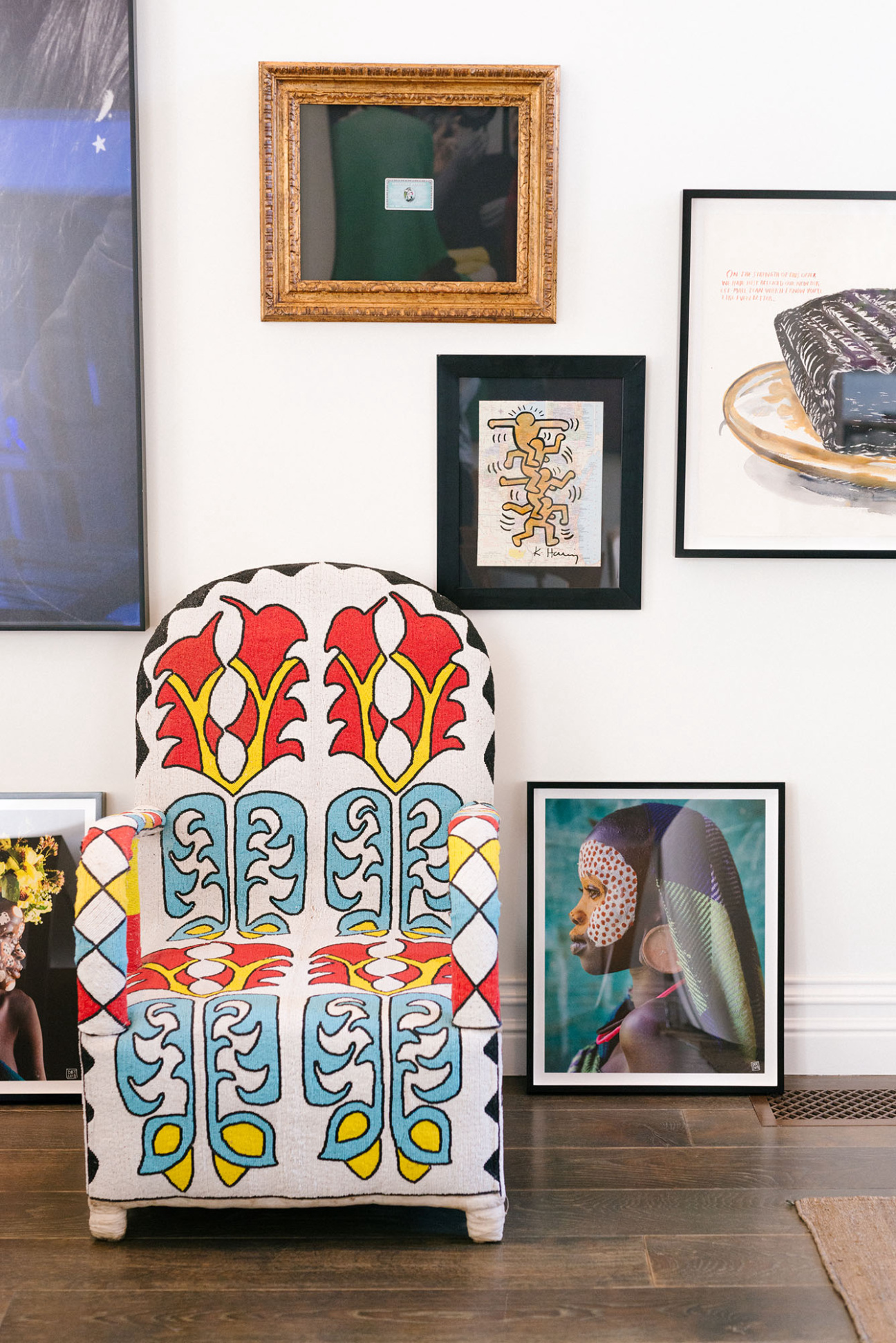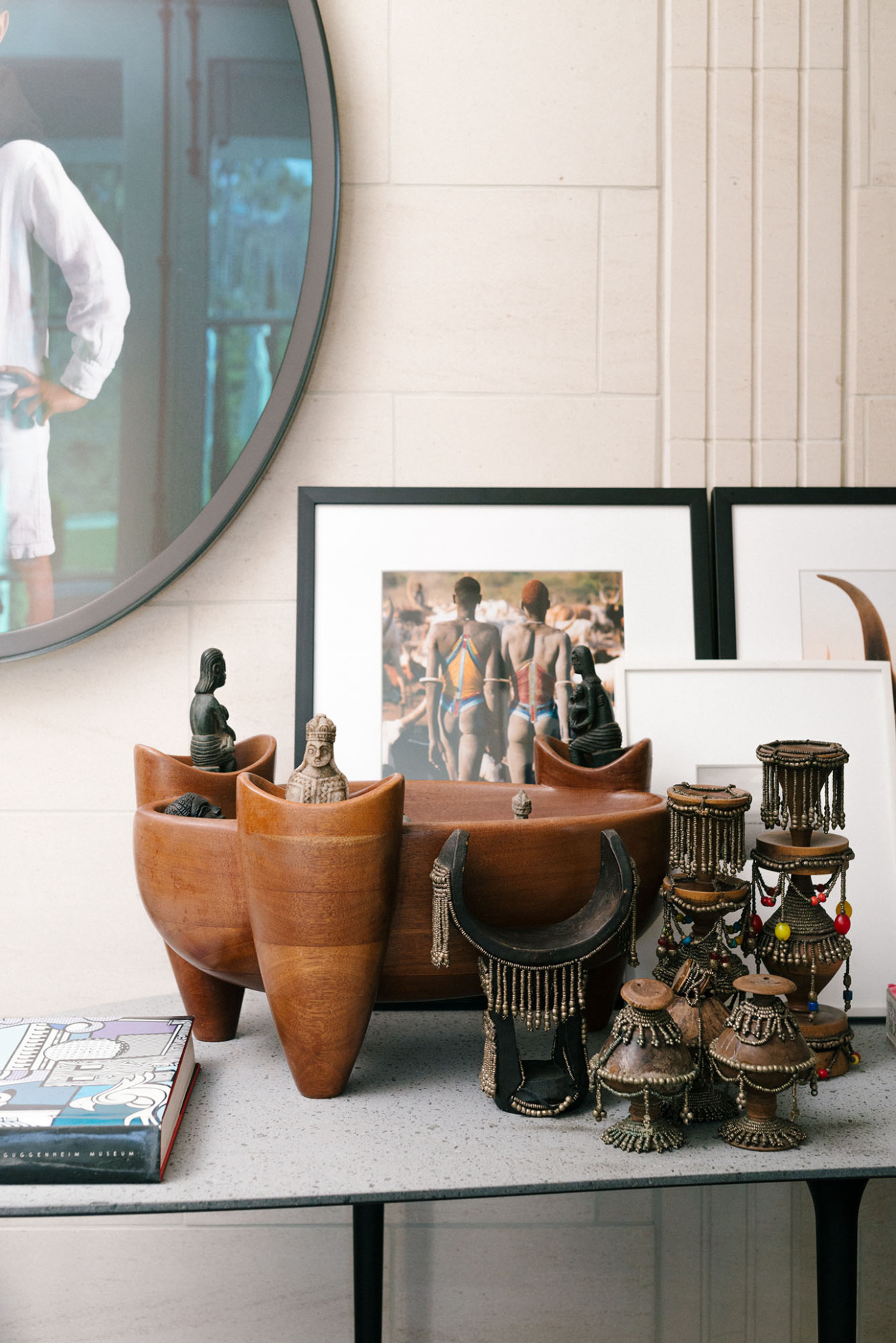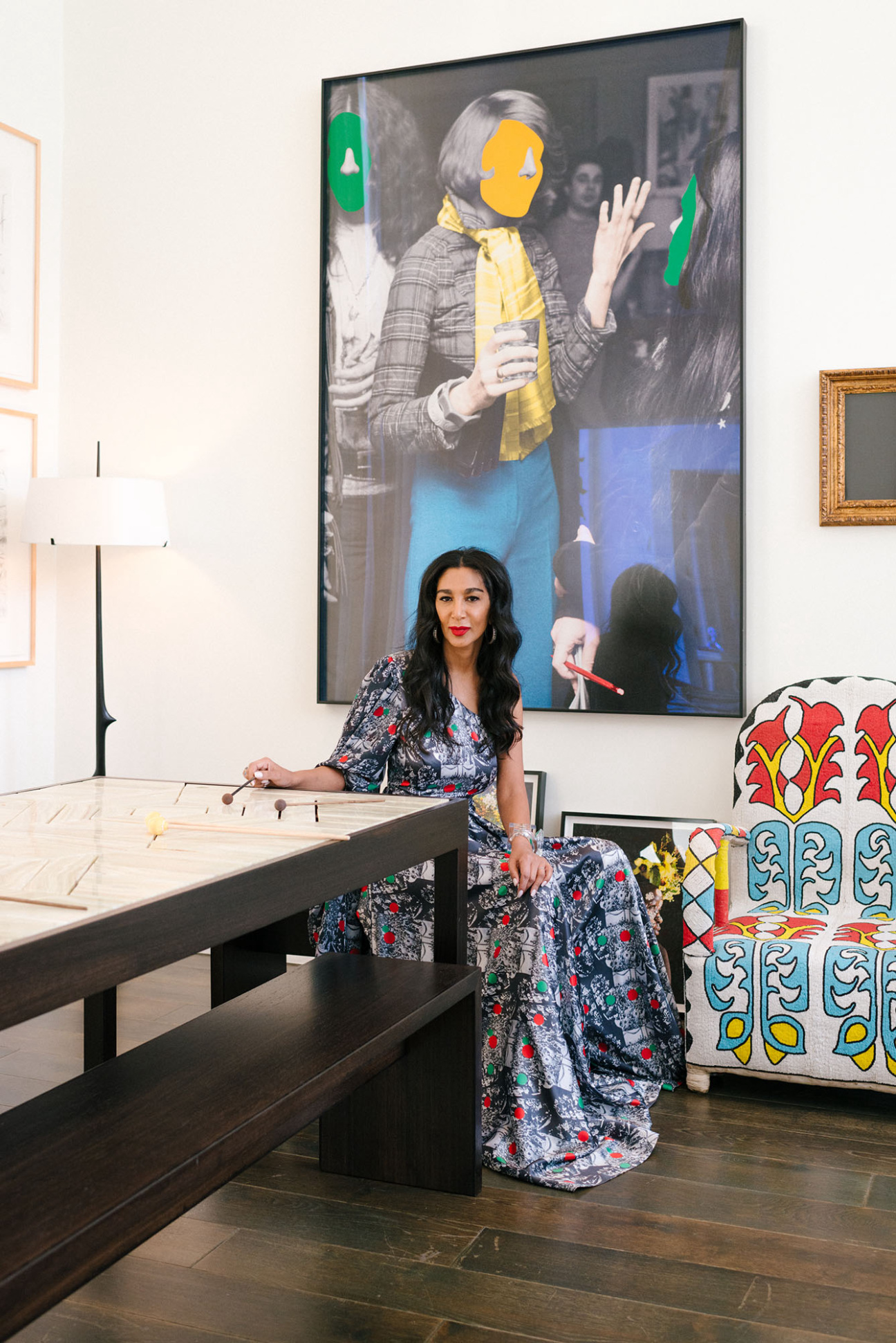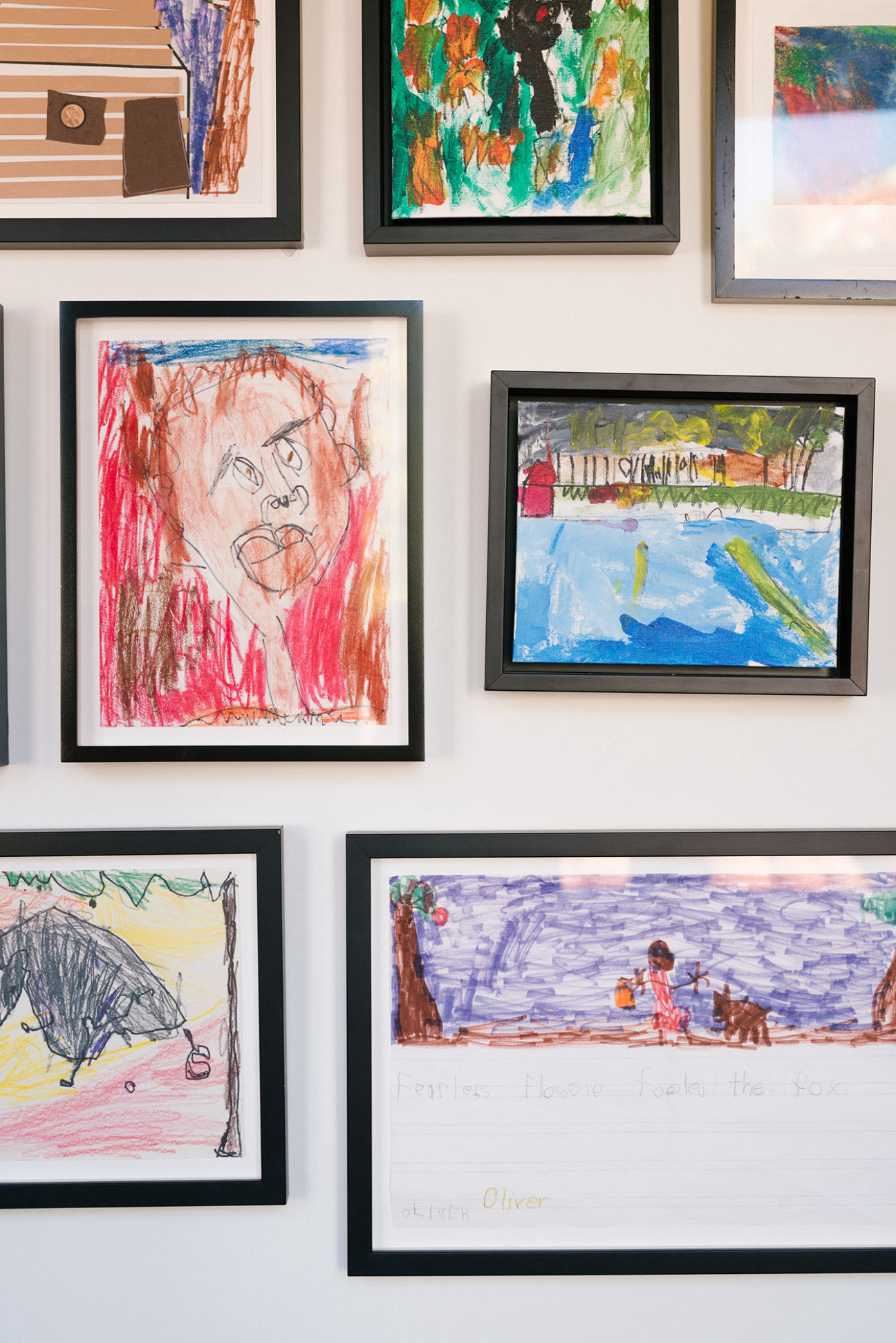
CULTURED: Where does the story of your collection begin?
Gelila Puck: With Afewerk Tekle, an Ethiopian artist who created religious paintings with Christian and African themes. My father was one of his friends and owned one of his paintings. My curiosity about art grew from looking at these pieces as a child, but I didn’t start building my own collection until I moved to the United States.
CULTURED: What was your biggest influence in fostering your passion for art?
Puck: Photography was my original passion. It was the only medium that I was able to afford when I first began collecting. I always love a great photograph because it freezes time and captures a precious moment. One of my favorite pieces of art in our home is by Georgia O’Keeffe from 1937. I love how her paintings use florals to show the delicacy and fragility of life.


CULTURED: What feelings would you like your collection to inspire in the people who experience it?
Puck: My collection is intended to inspire curiosity and appreciation for things that are often abstract. While there is no one particular theme, I find sunsets inspiring because I see them as a daily gift. They are mesmerizing and different each day. I look at them as a metaphor for my own life. One of the stucco pieces I have by California artist Alex Israel echoes this most strongly. It’s purple with neon blue elements, his interpretation of the sky. I also have a sunset sculpture by Doug Aitken, which is round and has an aluminum lightbox with LEDs. It says “What We Did Was Stand Around and Wait for Something to Happen,” and is a message that when sunset comes, we should pause and take the time to reflect on our day.
CULTURED: Which work provokes the most conversation from visitors?
Puck: Pieces by John Baldessari, because all of his works are humorous and subjective. Viewers are left to interpret the meaning by themselves. His Studio 54 series is a perfect example. It’s a time capsule of the ‘70s and ‘80s in New York, and includes people dressed up for a night out in the way they did when they went to Studio 54. You cannot see their gestures, faces, their behavior, or the room. You have to figure it out. It’s a mystery. John’s work transports me to an era and culture that I wasn’t old enough to experience myself.


CULTURED: How do you discover new artists and/or work?
Puck: Most of our collection comes from a direct relationship with the artists themselves. For me, the relationship I have with the artist and the story behind their art is as meaningful as the piece itself. Julie Mehretu, for example, is an artist from Addis Ababa, Ethiopia, who I know well, and creates incredible abstract works. She is of my generation, and now lives in New York. Her works are in-depth and intense. She has a universal style, and uses her works to connect with everyone, no matter their race or gender. Our common background and connection makes me appreciate her art that much more.










 in your life?
in your life?

